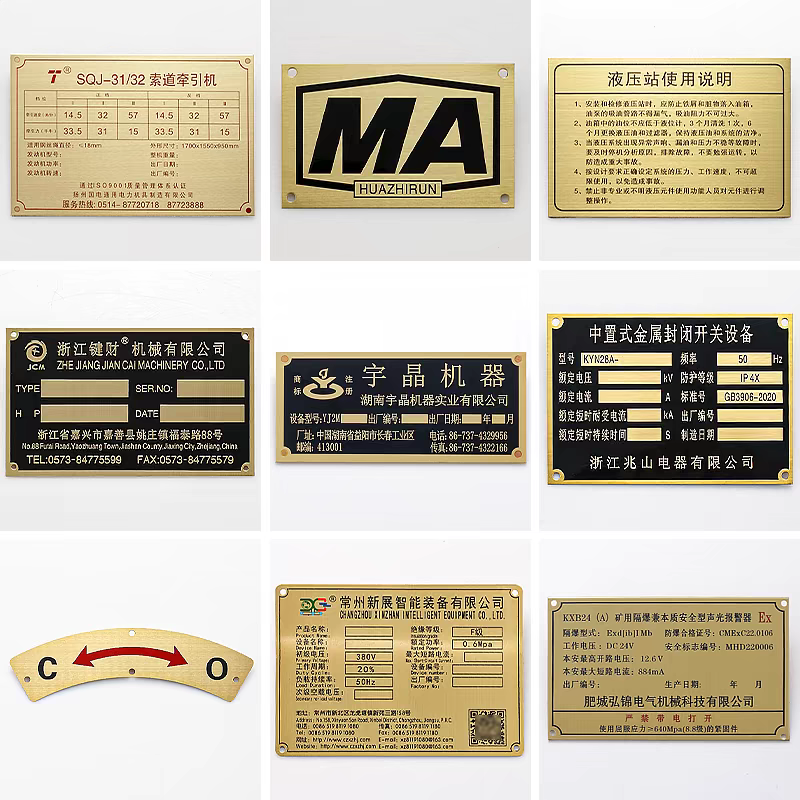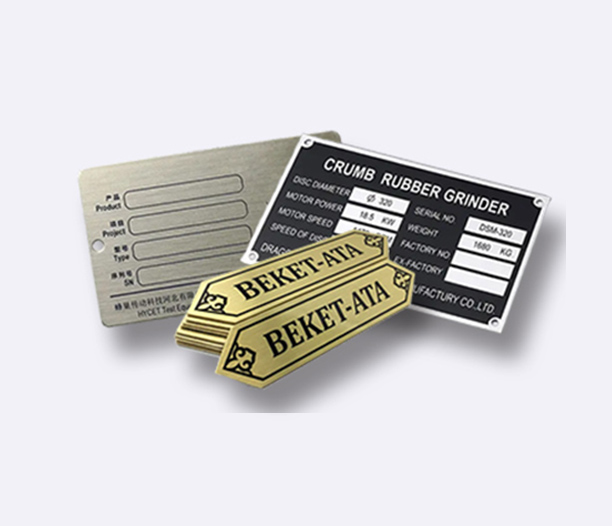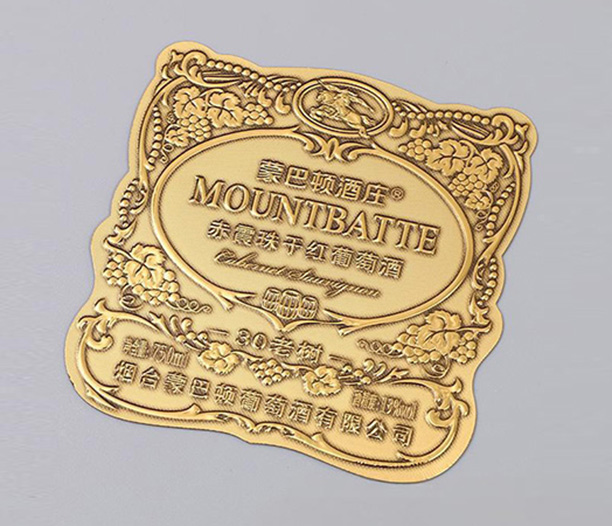Automotive product labeling is far more than just sticking a price tag or a barcode on a part. It is a complex, critical, and highly regulated system of communication that ensures safety, guarantees quality, facilitates logistics, and builds brand trust. From the moment a component is manufactured to the day it is installed in a vehicle and beyond, effective labeling provides a continuous stream of vital information. This comprehensive guide delves into the multifaceted world of automotive product labeling, exploring its key standards, various types, material challenges, and the transformative impact of emerging technologies.

What is Automotive Product Labeling and Why is it Crucial?
At its core, automotive product labeling refers to the process of attaching identifying and informational marks, tags, labels, or plates to components, sub-assemblies, and finished vehicles within the automotive industry. Its importance cannot be overstated, as it serves several fundamental purposes:
Safety and Compliance: Labels provide critical safety information for technicians and end-users, such as warnings about high voltage in electric vehicles, tire pressure specifications, or airbag handling instructions. They are often mandated by law to ensure compliance with national and international regulations.
Traceability and Quality Control: Each part can be tracked throughout the entire supply chain—from the raw material supplier to the OEM (Original Equipment Manufacturer) and even to the dealership. This allows for rapid identification of defects, efficient management of recalls, and robust quality assurance processes.
Supply Chain Efficiency: Accurate labels with barcodes, QR codes, or RFID tags enable seamless inventory management, automated sorting, and just-in-time delivery, which is the backbone of modern automotive manufacturing.
Consumer Information: Labels on a finished vehicle, such as the Monroney sticker (window sticker), provide consumers with essential details like price, fuel economy, standard features, and optional equipment, aiding in the purchasing decision.
Counterfeit Prevention: Tamper-evident and secure labels help protect against the lucrative and dangerous trade in counterfeit auto parts, ensuring consumers get genuine, safe components.
Without a standardized and reliable system for automotive product labeling, the modern, globally interconnected automotive industry would simply grind to a halt.
Key Standards and Regulations Governing Automotive Labels
The automotive industry is global, and so are its rules. Adherence to specific standards is not optional; it is a prerequisite for doing business. These standards ensure that every stakeholder, regardless of location or language, can accurately interpret the information on a label.
AIAG (Automotive Industry Action Group): This U.S.-based organization sets many of the de facto standards for the North American automotive industry. Key standards include:
AIAG B-5: Standardizes the format for parts identification labels, including supplier information, part number, and quantity.
AIAG B-3: Pertains to shipping and parts identification labels, crucial for barcode content and format.
AIAG B-11: Governs the labeling of returnable containers.
VDA (German Association of the Automotive Industry): As the European counterpart to AIAG, VDA standards (like VDA 4902 for shipping labels) are critical for supplying European OEMs like Volkswagen, BMW, and Daimler. Often, global suppliers must comply with both AIAG and VDA requirements.
IMDS (International Material Data System): While not a labeling standard per se, IMDS compliance requires accurate reporting of all substances contained in a component. This data often needs to be referenced or included via labels to comply with regulations like the End-of-Life Vehicle (ELV) Directive and REACH (Registration, Evaluation, Authorisation, and Restriction of Chemicals).
Country-Specific Regulations: These include:
FMVSS (Federal Motor Vehicle Safety Standards) in the USA, which mandates specific warning labels and safety information on vehicles.
TREAD Act: Requires tire identification and branding for safety and recall tracking.
China GB Standards: China has its own set of mandatory standards for labels, particularly for energy efficiency and safety.
Compliance with these standards ensures that automotive product labeling is consistent, accurate, and universally understood across a complex international supply chain.
Common Types of Labels Used in the Automotive Industry
Different stages of the manufacturing and lifecycle process require different types of labels. The choice of label depends on its function, the environment it must endure, and the information it needs to convey.
Parts Identification Labels: These are the workhorses of the production line. They typically include the part number, part name, manufacturer details, batch/lot number, and date of manufacture. They are often direct-printed or use durable adhesive labels with barcodes for scanning.
Safety and Warning Labels: These are critical for user safety. Made from durable materials, they feature prominent text and symbols (often following ISO standards for graphical symbols) to warn of dangers like hot surfaces, pinch points, high voltage, or specific handling instructions. These are common under the hood, inside the driver's door, and on high-voltage components in EVs.
VIN Plates and Labels: The Vehicle Identification Number (VIN) is a car's unique fingerprint. The VIN plate, typically metal and riveted to the dashboard and door jamb, contains a 17-character code that details the vehicle's origin, manufacturer, model, and features. It is the primary key for registration, insurance, and recall checks.
Tire Labeling: Tires have multiple labels, including the DOT code for tracking manufacture date and location, and in many regions (like the EU), an energy efficiency label rating fuel efficiency, wet grip, and noise levels.
Window Sticker (Monroney Sticker): A mandatory label for new cars in the U.S., it displays the Manufacturer's Suggested Retail Price (MSRP), standard and optional equipment, fuel economy data, and crash test ratings.
UID Labels / RFID Labels: For high-value parts and complex logistics, Unique Identification (UID) labels using RFID (Radio-Frequency Identification) tags are increasingly common. They allow for wireless, bulk reading of parts without a direct line of sight, dramatically increasing inventory and shipping efficiency.

Material Science and Durability: Designing Labels That Last
An automotive product labeling system is only as good as its ability to survive its intended environment. A label that fades, falls off, or becomes unreadable can cause massive disruptions.
Extreme Environments: Automotive labels must withstand a brutal array of conditions:
Temperature Extremes: From the intense heat of an engine bay (over 120°C / 250°F) to the freezing cold of a northern winter.
Chemical Exposure: Resistance to oils, greases, fuels, brake fluids, and cleaning solvents is non-negotiable.
UV Radiation: Sun exposure can cause fading and brittleness, so UV-resistant materials and inks are essential for exterior and under-hood labels.
Abrasion and Wear: Labels must resist scratching and physical wear from handling, cleaning, and vibration.
Material Choices: Common materials include:
Polyester (PET): Excellent durability, chemical and temperature resistance. Ideal for engine components.
Polyimide (Kapton): Withstands extremely high temperatures, often used for printed circuit boards and within electronic control units.
Vinyl: Good for interior applications and some exterior uses due to its flexibility and durability.
Anodized Aluminum: Used for permanent VIN plates and nameplates due to its extreme durability.
Adhesives: The adhesive is just as important as the face material. Permanent acrylic adhesives are standard for harsh environments, while some removable adhesives are used for temporary tracking during manufacturing.
Selecting the right combination of material, adhesive, and printing technology (e.g., thermal transfer printing for durability) is a science in itself, ensuring the label lasts for the entire lifespan of the part or vehicle.
The Future of Automotive Product Labeling: Digitalization, RFID, and Sustainability
The field of automotive product labeling is not static. It is being revolutionized by digital trends and the industry's push towards sustainability.
Digitalization and QR Codes: Simple barcodes are being supplemented or replaced by QR codes. These 2D codes can store vastly more information—linking to installation manuals, material safety data sheets (MSDS), full IMDS data, or even video tutorials. This creates a "digital twin" for the physical part, accessible via a simple smartphone scan.
RFID Integration: RFID is transforming supply chain logistics. Unlike barcodes that require line-of-sight scanning, RFID tags can be read simultaneously from a distance, even inside a closed box. This allows for rapid inventory checks, automated shipping verification, and real-time tracking of parts through the assembly line.
Sustainability in Labeling: The automotive industry's focus on sustainability is extending to labels. This includes:
Material Reduction: Designing thinner labels and smaller tags to use less material.
Recyclable Materials: Developing label facestocks and liners that are compatible with recycling streams for parts and packaging.
Water-Based Adhesives: Moving away from solvent-based products to more eco-friendly alternatives.
Anti-Counterfeiting Technologies: To combat fake parts, labels are incorporating advanced security features like holograms, tamper-evident destructible vinyl, and encrypted digital signatures within QR codes.
These advancements are making automotive product labeling smarter, more efficient, and more integrated into the digital ecosystem of Industry 4.0, ensuring it will continue to be a vital pillar of automotive manufacturing for years to come.
From a simple warning symbol to a complex RFID-enabled smart tag, automotive product labeling is a critical discipline that blends engineering, logistics, compliance, and information technology. It is the silent language that ensures the safety, quality, and efficiency of every vehicle on the road. For manufacturers, suppliers, and consumers alike, understanding the depth and importance of this system is key to navigating the complex and ever-evolving world of automotive innovation. Investing in robust, compliant, and forward-thinking automotive product labeling solutions is not just a regulatory necessity—it is a strategic business advantage.






